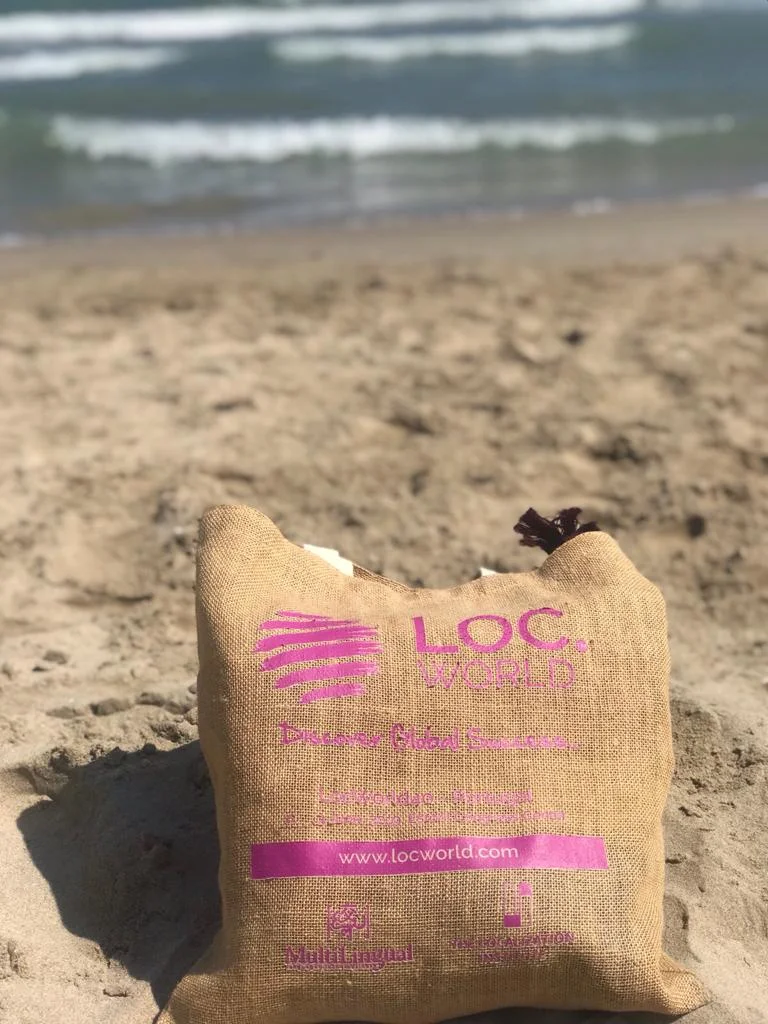Localize it all, and not go out of mind? Is this possible?
Working on a product and making it a worldwide recognized blockbuster is something that most companies aspire to.
This idyllic situation is something that a priori to a Globalization team also benefits, however, the situation can quickly get out of hand.
Mathematics is very simple: the more international success our product might have the more content we have to deal with.
Imagine that you are working in the unicorn who created the latest and shiniest mobile app. The first thing that will happen is that we may want the application to have more presence in more international markets. But the thing will not stay there, since an app or a successful product will also require an infrastructure behind, such as the Website, marketing materials, legal content, the FAQ…. To avoid the joy that creating an app that gets into the Top 100 quickly becomes our worst nightmare, it is necessary to create a localization content strategy and think carefully about the translation method for each part of our content. And it is not necessary that we translate all languages at once, and that we use the same translation method for each part of our content. There is another better way to do it.
In the past, I have frequently fallen into the error of always using the same type of translation, regardless of the type of content, and this is not always the best approach. Some cars cost € 10,000 and there’re cars that cost € 50,000, phones that cost € 200 and phones that cost € 1200. These objects are directed to different markets and have different qualities of materials. With our translation strategy, we can follow a similar approach. The key is to match a translation approach to our content type and let the process flow. How to do this? keep on reading ...
Before matching the content with the best possible translation method, let's look at the different available localization approaches and the main types of online content that we usually have.
Possible translation methods.
Explained in broad strokes, when we decide that we want to localize something we have 5 possible solutions.
Professional Translators
Copywriters
Machine Translation
Machine Translation with post-editing
Crowdsourcing
Not bad to start right? 5 types of translations and at least 5 types of content, that gives for many combinations!
Well, as Steve Jobs said, let’s connect the dots. Look at the following illustration to understand a little better how we can match the content type with the best possible translation method. After studying a little bit of these graphics everything should be clear!
In the beginning, it can be overwhelming when we approach hundreds of thousands of words to translate in multiple languages. But it doesn’t have to overwhelm us. Choosing the best possible translation approach can help us get more content done, with the right quality, always depending on the visibility and importance of our content. There are many cases in which one size DOES NOT fill all, and this is one of these cases. A solid localization strategy must take into account our most priority markets and adapt the different types of content to each market
What about you?, how do you organize your Localization strategy? Do you usually have the same strategy for all content? Or do you spend time analyzing the type of content, assessing its visibility and choosing the best type of translation for different types of content?
If yes …. Have you noticed a change in metrics or feedback from users or internal stakeholders in those cases where the translation method has been different? Or, on the contrary, no one except the Localization Project Manager realized how much in each "piece" of the content had a different translation approach?
Please share your thoughts below and have a great week ahead!
@yolocalizo
















We all talk about the importance of localization metrics, but where do you actually get them?
This question hit me hard during a recent panel, and it made me realize something I had been overlooking.
If you’ve ever struggled to find the right data to prove localization’s value, this post is for you.